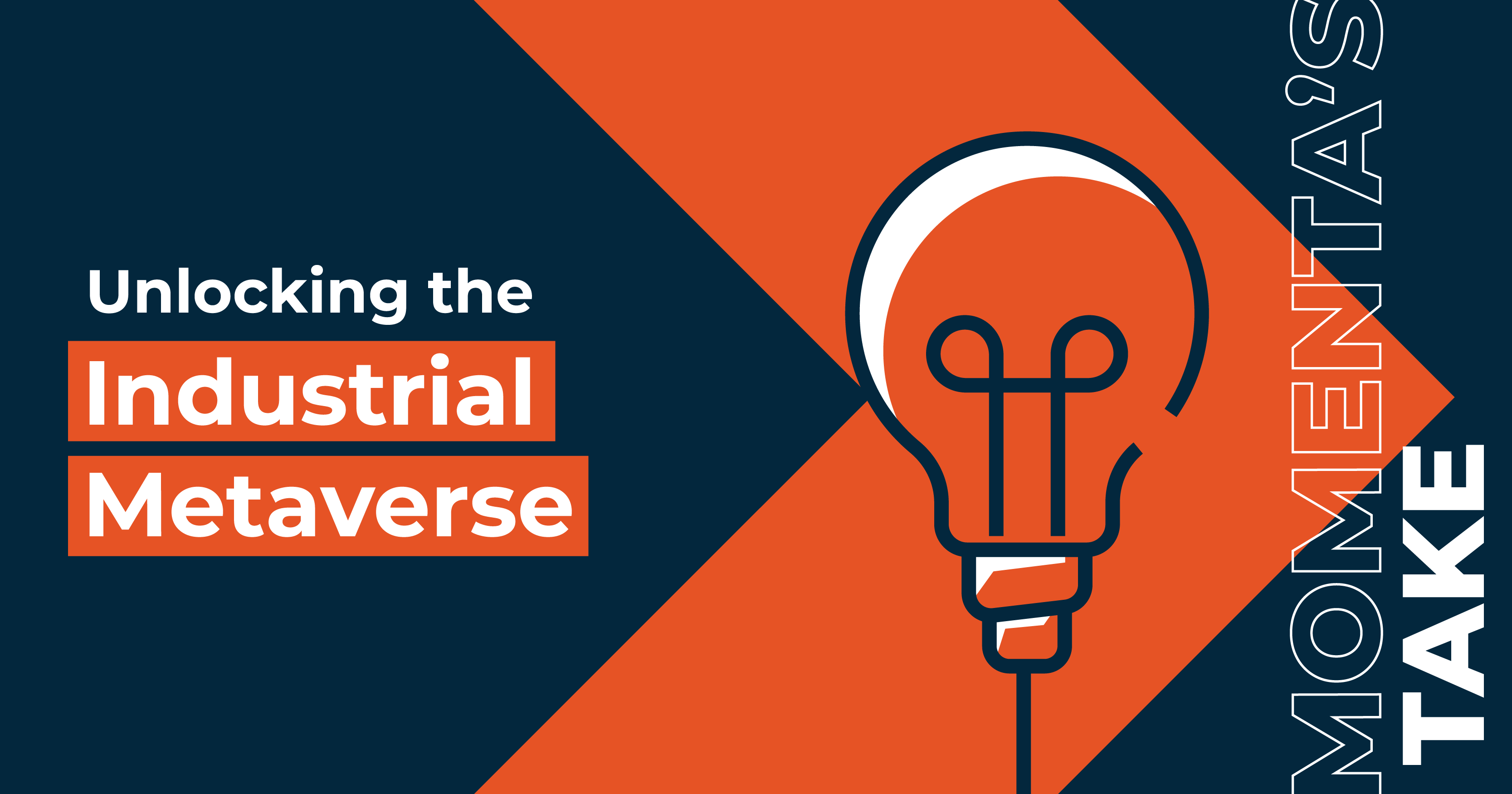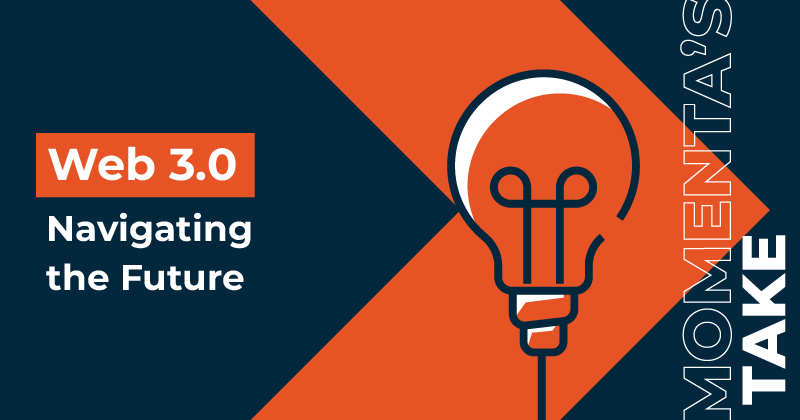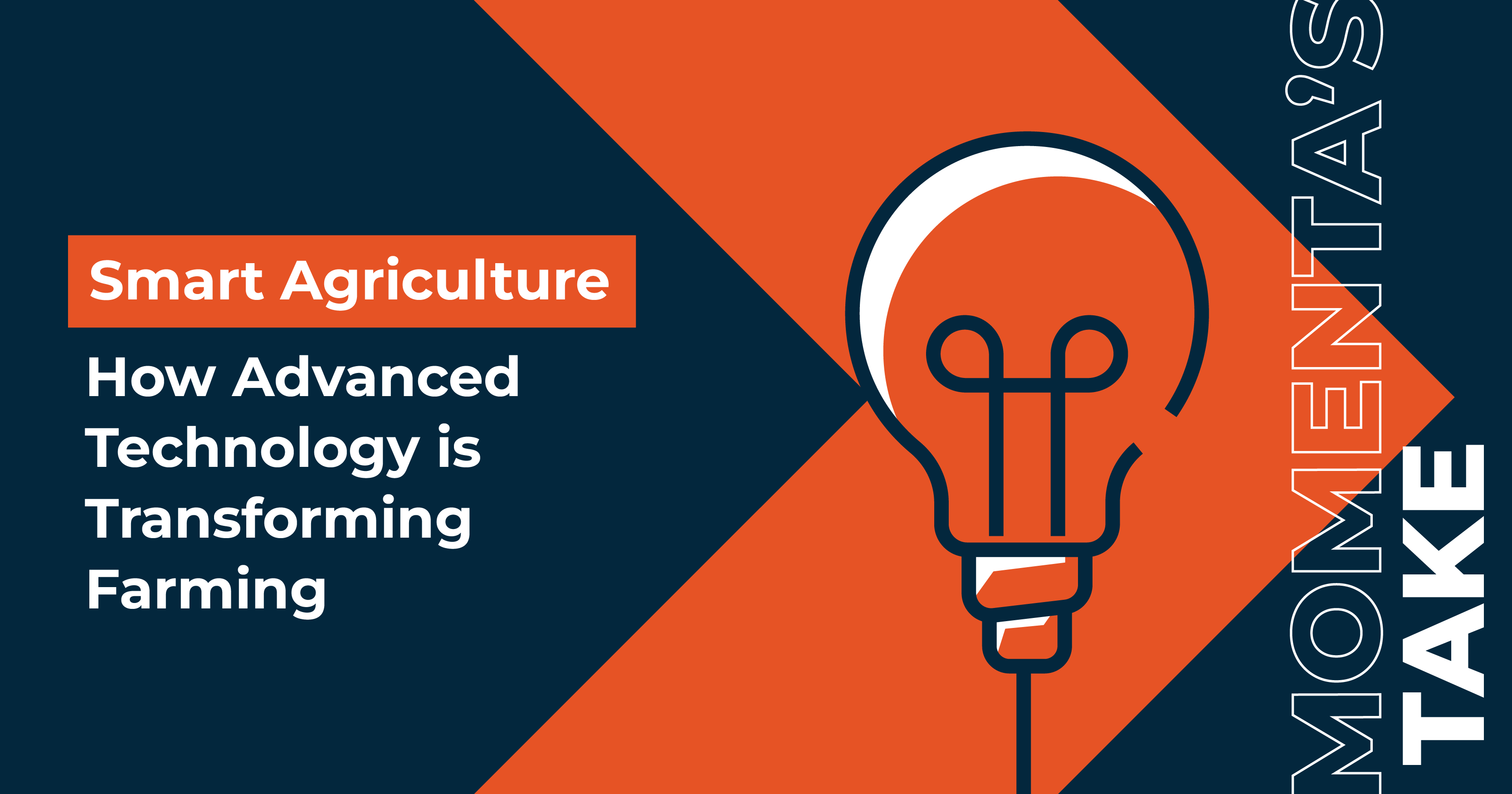Value Vector
IoT transforming the Oil & Gas industry with Condition-Based Maintenance
Jesse DeMesa

Condition Based Maintenance saves time and money. Are you ready?
With lower crude prices and higher operating costs shrinking margins, Oil and Gas companies find themselves needing to reduce drilling and production costs, and minimize unscheduled downtime. Condition-based, predictive maintenance programs enabled by the IoT offer significant opportunities to address this need. By improving equipment reliability and optimizing maintenance resources and activities, costs are lowered, operating profits are increased and total cost of ownership is reduced.
In this article, we firstly explore why condition-based maintenance is important and the technology advances that make it possible, and then discuss the critical decisions companies must make.
Why CBM?
At present, maintenance is still mostly preventative, time-based rather than predictive and condition-based. Maintenance on each asset is performed at more frequent, regular intervals to lessen the likelihood of costly failures. This results in higher maintenance costs and increased downtime.
Connected, real-time IoT solutions allow companies to reliably predict failures, and detect and respond to unanticipated equipment or process degradation. This insight enables companies to perform maintenance based on the actual operating conditions of the equipment and process: condition-based maintenance.
Reducing the actual maintenance to only when it’s necessary not only reduces downtime, it also allows operators and service providers to optimize maintenance activities. By improving maintenance scheduling, they can both maximize the use of maintenance resources and optimize maintenance inventory and supply chains.
The potential cost savings, along with the production and operational benefits, of IoT-enabled condition-based maintenance are significant.
How does it work?
Sensors intelligently and continually capture data from equipment in the field, optionally processing it at the edge before transmitting critical data to a centrally hosted system for both near real-time and historical analysis. Here new technologies, such as machine learning, advanced analytics and applied data science, play vital role; as does the ability to process large amounts of data across a significant number of devices and geographically dispersed assets. These critical technology-enablers work together to detect the equipment and process condition patterns that predict equipment failures, performance degradation, and process upsets.
In addition, advanced algorithms and simulation technologies enable prescriptive analytics, where multiple outcomes and recommendations are presented for evaluation by engineers and operations personnel. Trade-offs between multiple scenarios are weighted before the most suitable outcome is selected.
Innovations are continuing in the technological arenas that enable condition-based maintenance, including advanced sensing, machine learning, artificial intelligence, data processing, advanced analytics, visualization, simulation, and user experience.
Choosing the right strategy
Selecting the right business strategy and underlying solution approach is key to maximizing benefits from condition-based maintenance.
Traditional approaches advocate point solutions. But this approach does not provide an underlying foundation that allows a company to take a pragmatic, cost-effective, phased approach in moving from time-based, preventative to condition-based, predictive – and ultimately prescriptive solutions.
Furthermore, an ideal condition-based maintenance solution would ultimately be Original Equipment Manufacturer (OEM)-agnostic and address not only all critical assets, but also auxiliary assets that comprise the overall process. It's now possible to envision a solution that extends to any equipment supplier, across all asset categories, and across dispersed geographic deployments – whether on-shore production sites, offshore production, mid-stream processing facilities, downstream refineries or petrochemical complexes. This could then be expanded to easily address additional assets and sites while providing continuous innovation and advances without the traditional long and costly deployment cycles.
And since many O&G companies possess specific domain, process knowledge that they consider proprietary and a significant competitive advantage; it’s imperative that the solution addresses intellectual property concerns, critical data rights, and governance requirements. This requires a well-considered data strategy underlying the solution that aligns with enterprise data lake and data management initiatives.
Choosing the right technology
Selecting the right technological strategy is also key. After all, technological choices provide an important foundation for mission-critical operational solutions, including condition-based maintenance solutions.
This requires a strategy that delivers near-term benefits for existing brown field environments where legacy operational systems and equipment are prevalent. The technology foundation must allow scalability across the enterprise without the need to ‘rip and replace’ major operational systems, while incorporating disruptive innovation across the broader ecosystem of suppliers and partners.
Many industrial sectors are slowly adopting cloud-based solutions. Cloud-based solutions allow large amounts of disparate data to be processed across many assets and devices, which is critical to detecting and learning from patterns of behavior. Companies are faced with critical deployment decisions, balancing the benefits of cloud-based solutions with security and safety concerns: on-premise, cloud or hybrid?
Cloud-based technology stacks are still evolving rapidly, giving a broad range of possibilities to choose between: from the traditional suppliers of enterprise, mission critical software and infrastructure to the new entrants from the consumer, enterprise internet domains along with technology upstarts.
Choosing the right solution
Companies will also need to determine if an IoT platform approach is appropriate. And when it comes to the IoT platform itself, the major, traditional suppliers are threatened with significant disruption. Companies must consider suppliers from the consumer internet, enterprise applications, telecommunications, and industrial solutions domains, who are engaged in IoT platform, applications, and ecosystem offerings.
They will also need to ensure that the platform chosen will allow them to take advantage of the benefits of Agile development. After all, today’s customers expect continuous improvements and updates to solutions rather than traditional multi-year upgrades and improvements borne out of long development and deployment cycles.
Where to start?
So, where and when should companies start with supplier chains facing disruption and technologies and products still early in their maturity? Do they wait?
Companies cannot afford to wait on the sidelines. Not only are their supplier networks being challenged; their own business models are being threatened by their suppliers, partners, and peers.
And who should they engage?
Companies will need to consider whether to work with their major equipment supplier, enterprise application supplier, or a major player from the consumer internet or the telco space. And look at how to ensure they can continue to take advantage of advances in analytics and data science for their most critical assets and processes.
But, with innovation continuing, companies won’t want to bet or cede all their future to any one supplier.
And is there anything they can do to develop their strategy and key pillars for business success?
Companies can examine their analytics strategy and solutions/platform strategy. They should explore how best to combine domain specific solutions with an underlying platform that would support the development of solutions tailored to specific issues in specific domains.
If you’re interested to know more about condition-based maintenance, come and see me at the Executive MindXchange in San Diago on 11th January or alternatively reach out to our IoT practitioners. Our broad understanding of the IoT ecosystem give us a unique perspective. Together we can explore the challenges you face in defining your business and technology strategy while focusing on high-value use cases that bring not only short term but long-term sustained benefits.



